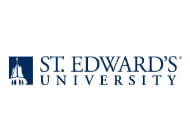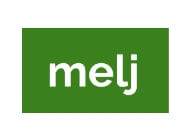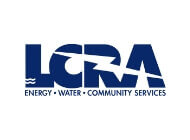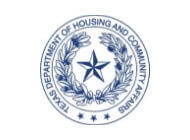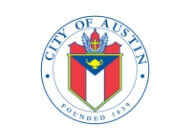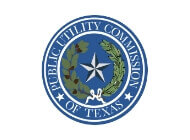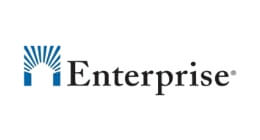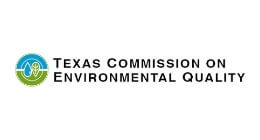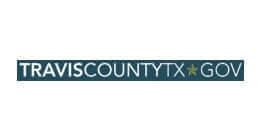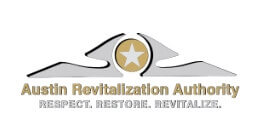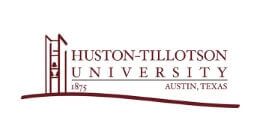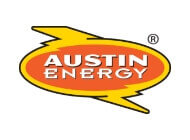Historically Black Colleges and Universities (HBCUs) are the engines for advancing the black community’s economic, social, and cultural development. However, many HBCUs lack the organizational planning infrastructure to address the long-term operational issues required to maintain competitive campus infrastructure and accreditation into the 21st Century.
The HBCU Community Development Corporation (HBCUcdc) works with HBCU boards and administration to develop an internal planning process capable of obtaining stakeholder approval and creating the partnerships needed to build the necessary educational and community infrastructure to compete for students, faculty, and staff and maintain accreditation.
HBCUcdc uses the latest advances in data analytics to create Budgets, Strategic Plans, and Campus Master Plans and to conduct performance evaluations needed to measure success and make the required adjustments to reach the long-term mission and goals of HBCUs and the communities they serve beyond the 21st Century.













